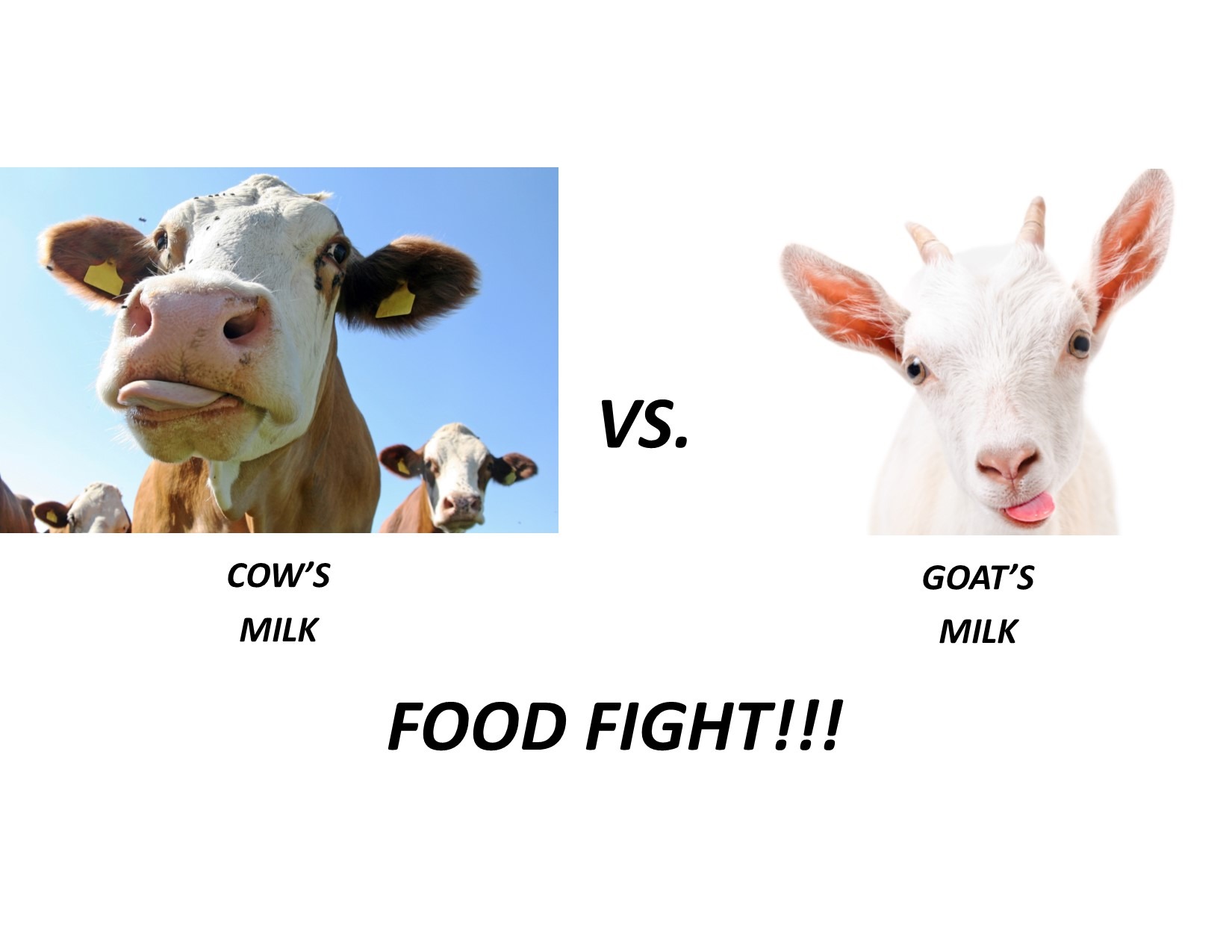Many people have an allergy to cow milk but can consume goat milk products. This is usually not a lactose intolerance, but a difference in some of the other components.

Worldwide more people consume goat milk and goat milk products than cow milk and cow milk products. While both milk products have significant benefits, there are situations in which people prefer or choose goat milk. Goats are smaller and consume significantly less feed than cows, making them much easier to keep in developing countries. Milk is considered an important source of calories and nutrition in many developing countries. In many countries other than the United States, goat milk flavor is preferred over cow milk.
Additionally, many people who have an allergy to cow milk can consume goat milk products without experiencing an allergic reaction. This is usually not a lactose intolerance, but a difference in some of the other components like less lactose and different forms of proteins. Michigan State University Extension recommends individuals with dairy intolerance be tested to see if goat milk is right for them if they react to cow milk.
|
|
Goat milk (1 cup) |
Cow milk (1 cup) |
|
Calories |
168 grams |
149 grams |
|
Protein |
9 grams |
8 grams |
|
Fat |
10 grams |
8 grams |
|
Carbohydrates |
11 grams |
12 grams |
|
Fiber |
0 grams |
0 grams |
|
Sugar |
11 grams |
12 grams |
|
Sodium |
122 mg |
105 mg |
|
Calcium |
327 mg |
276 mg |
|
Magnesium |
34.2 mg |
24.4 mg |
|
Phosphorous |
271 mg |
205 mg |
|
Potassium |
498 mg |
322 mg |
|
From USDA |
|
|

